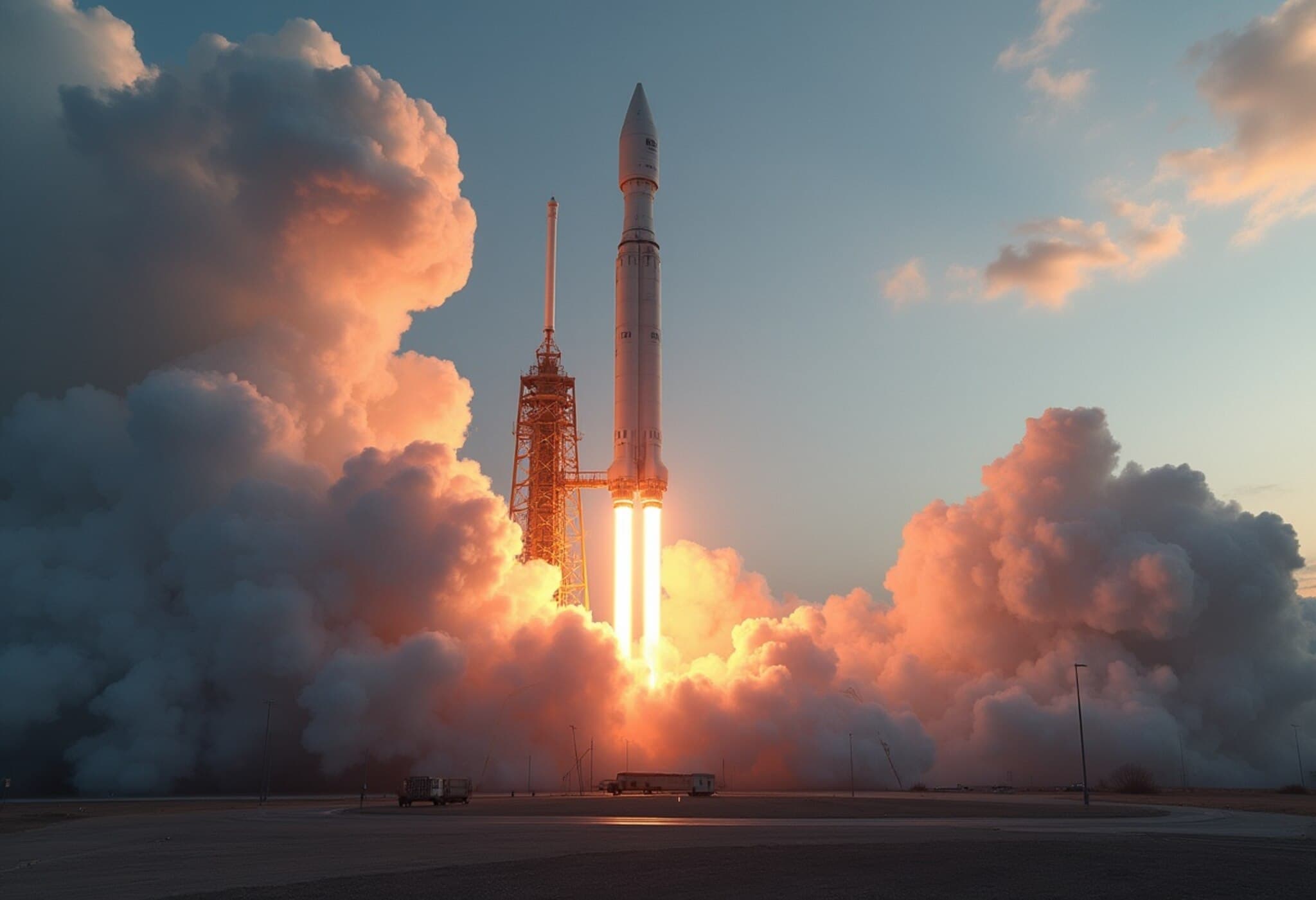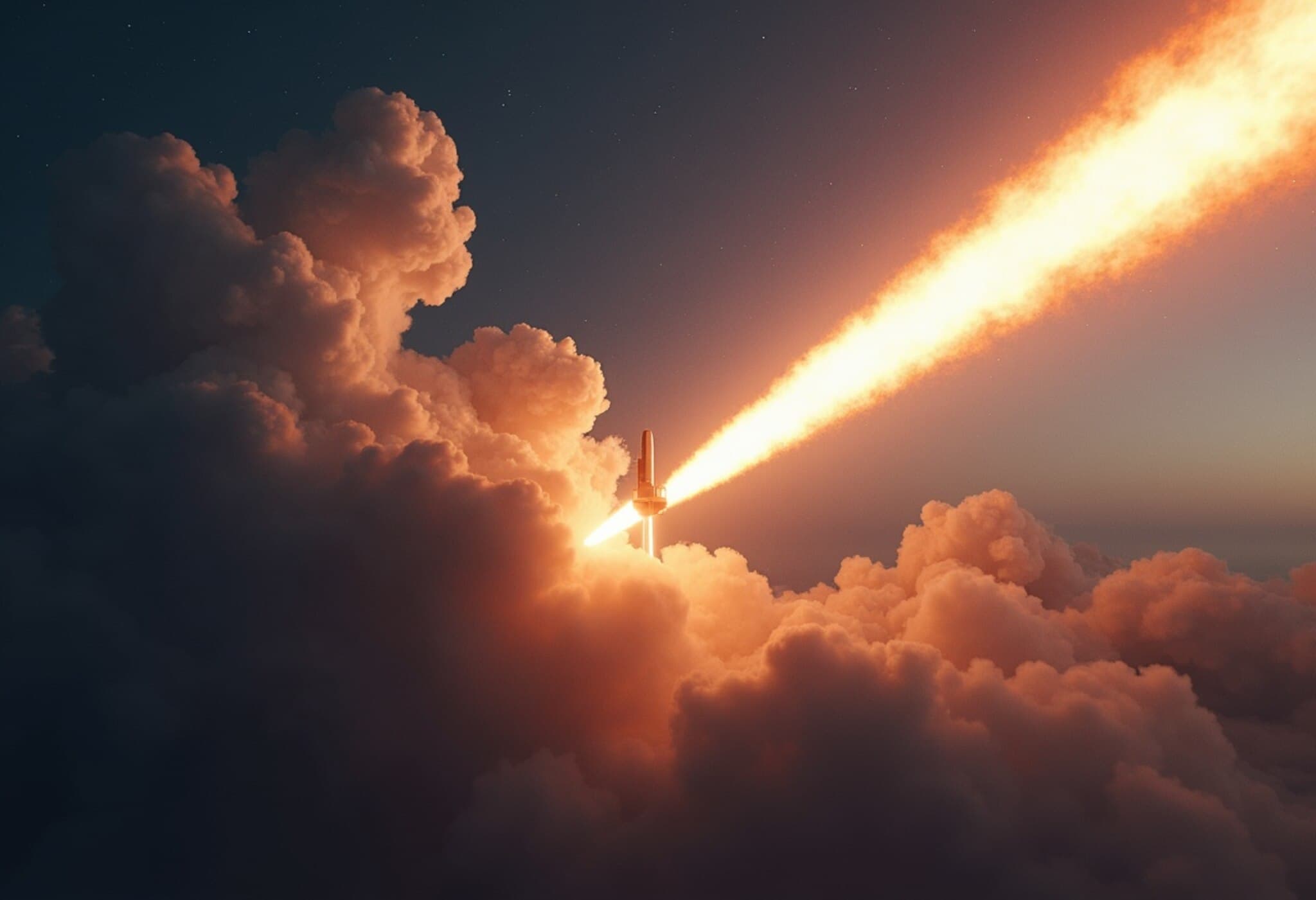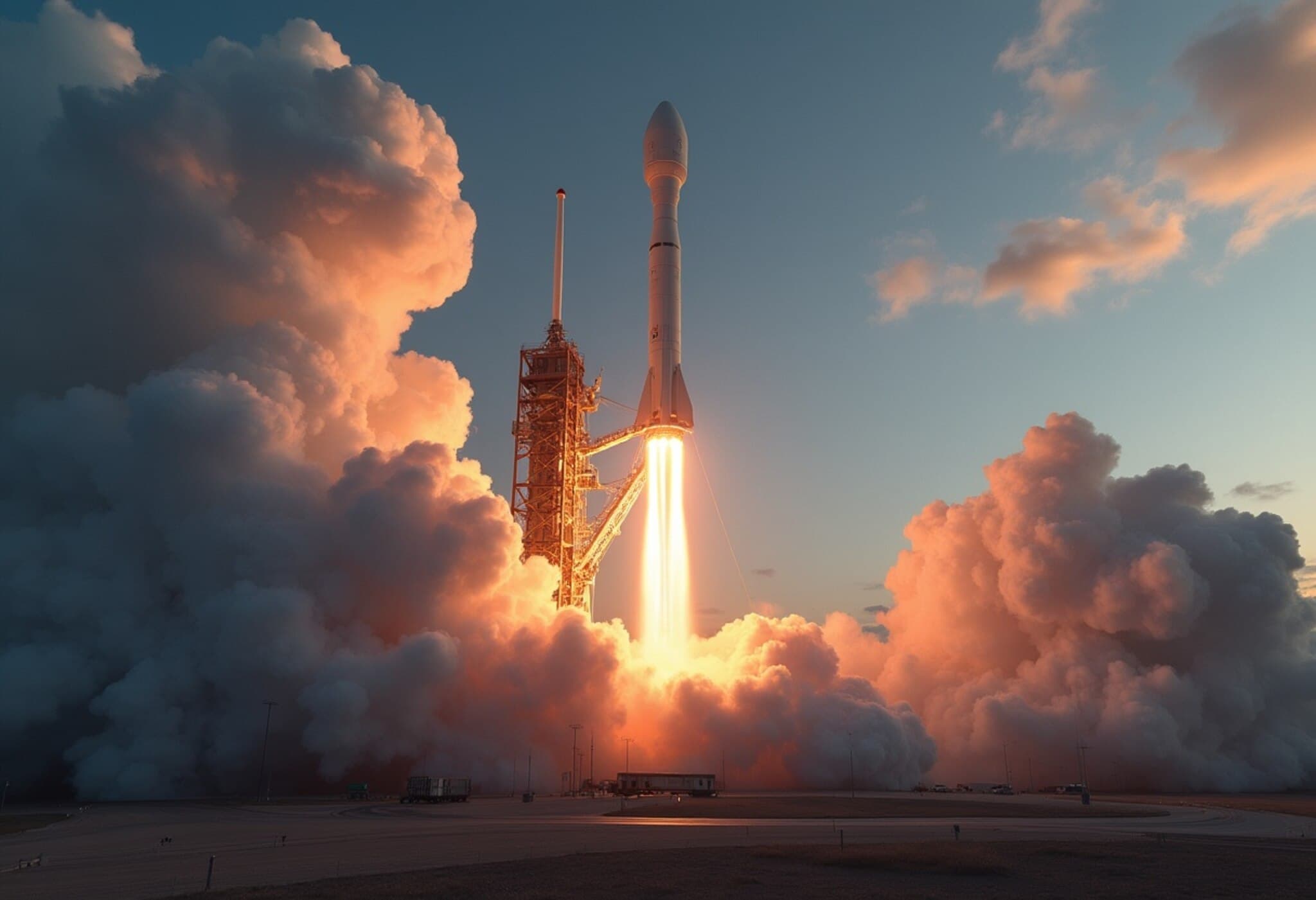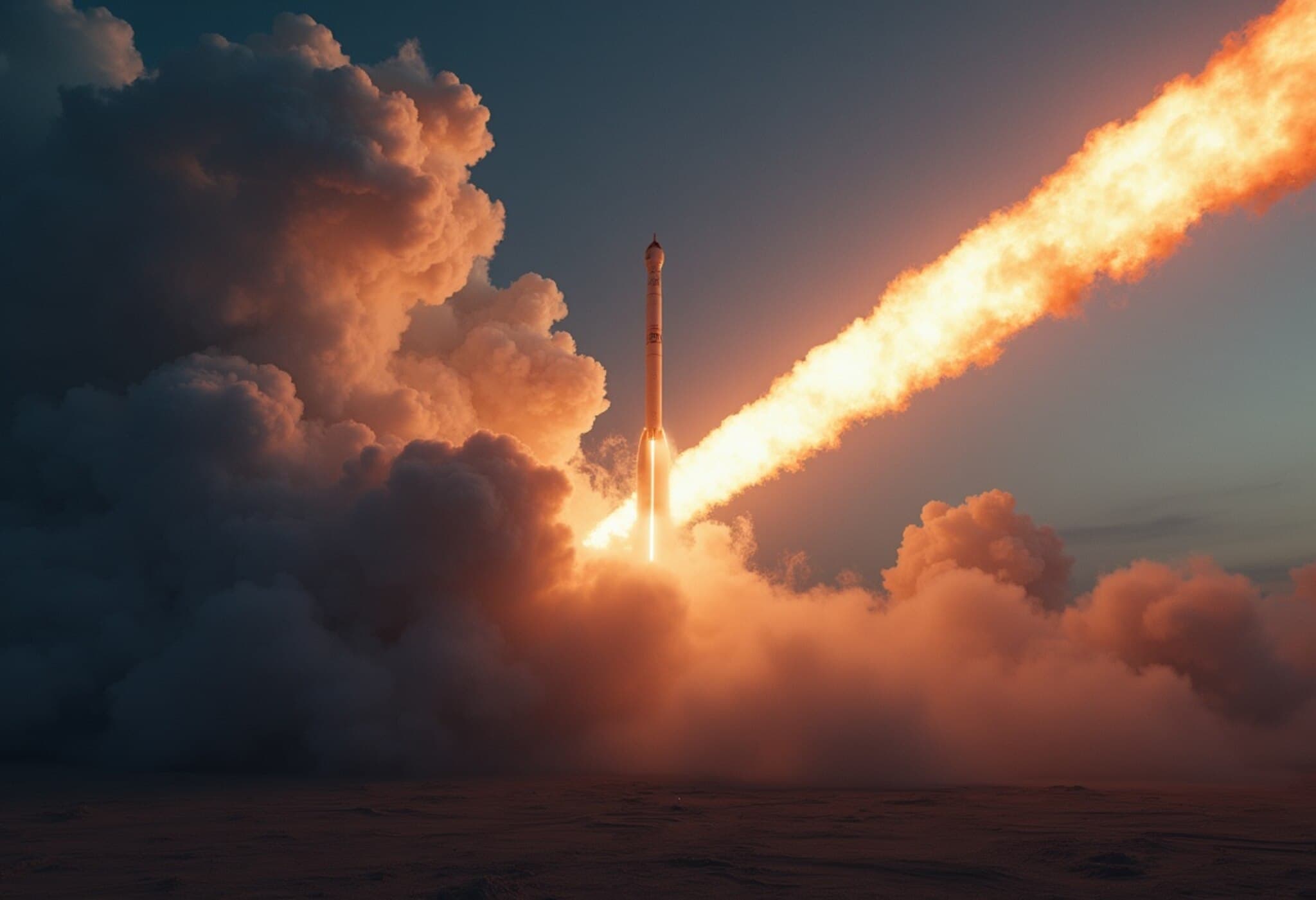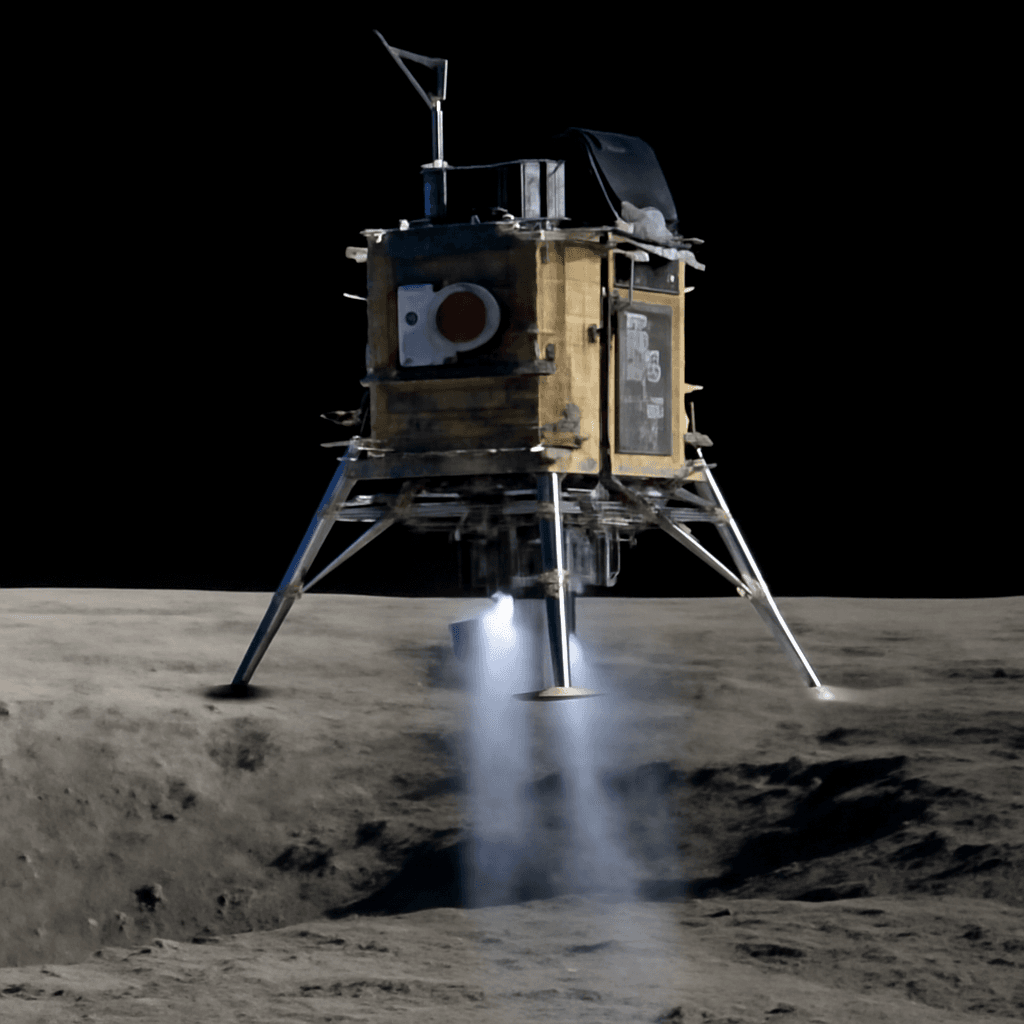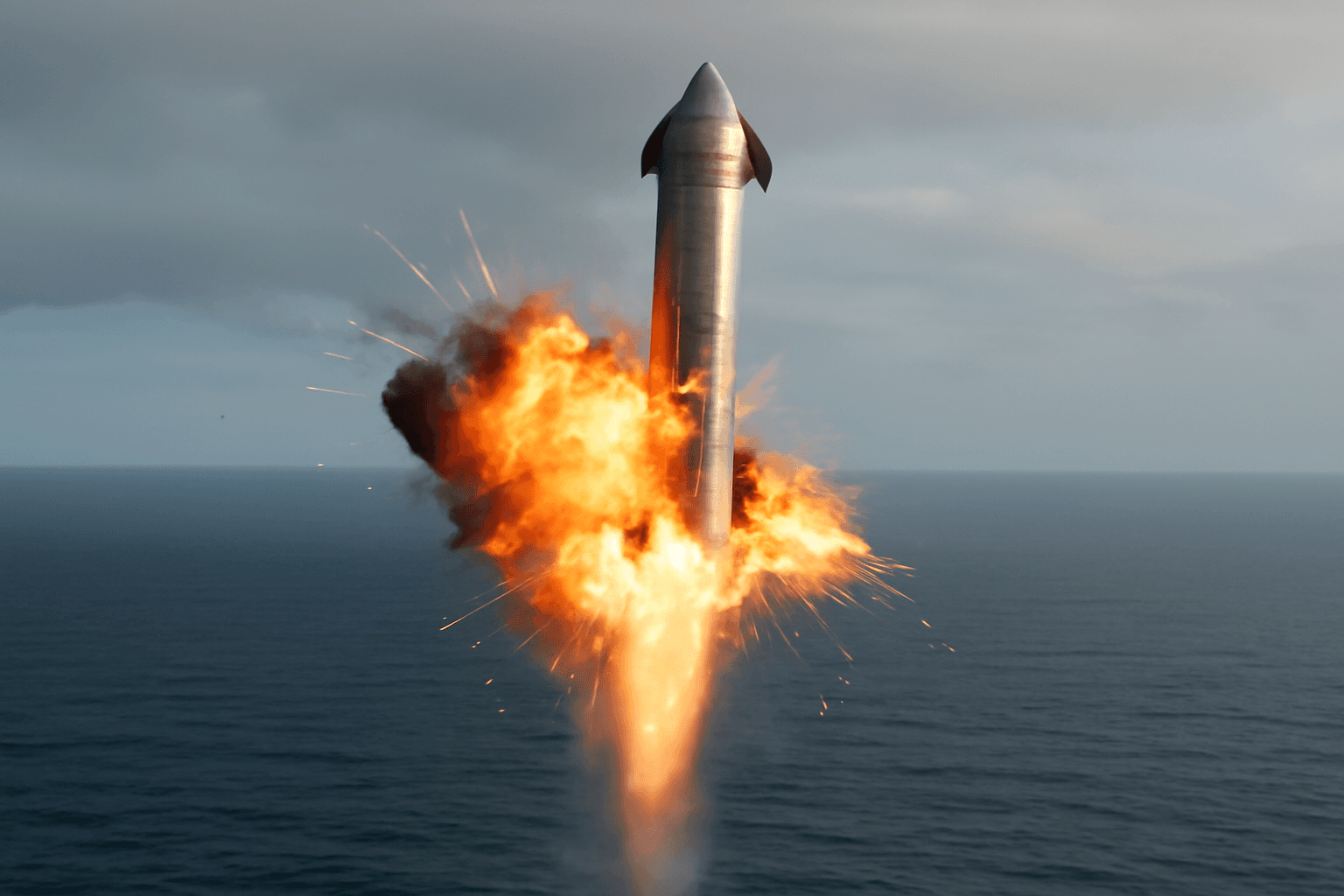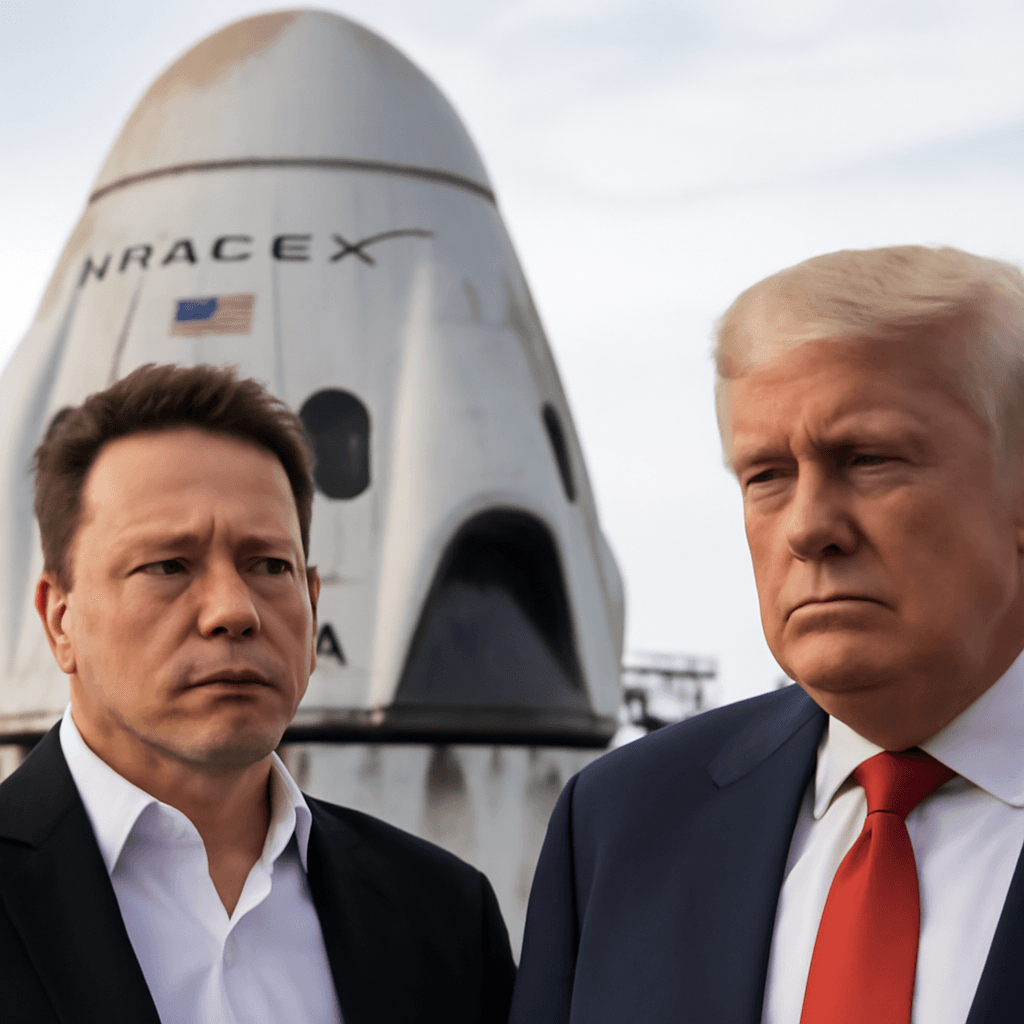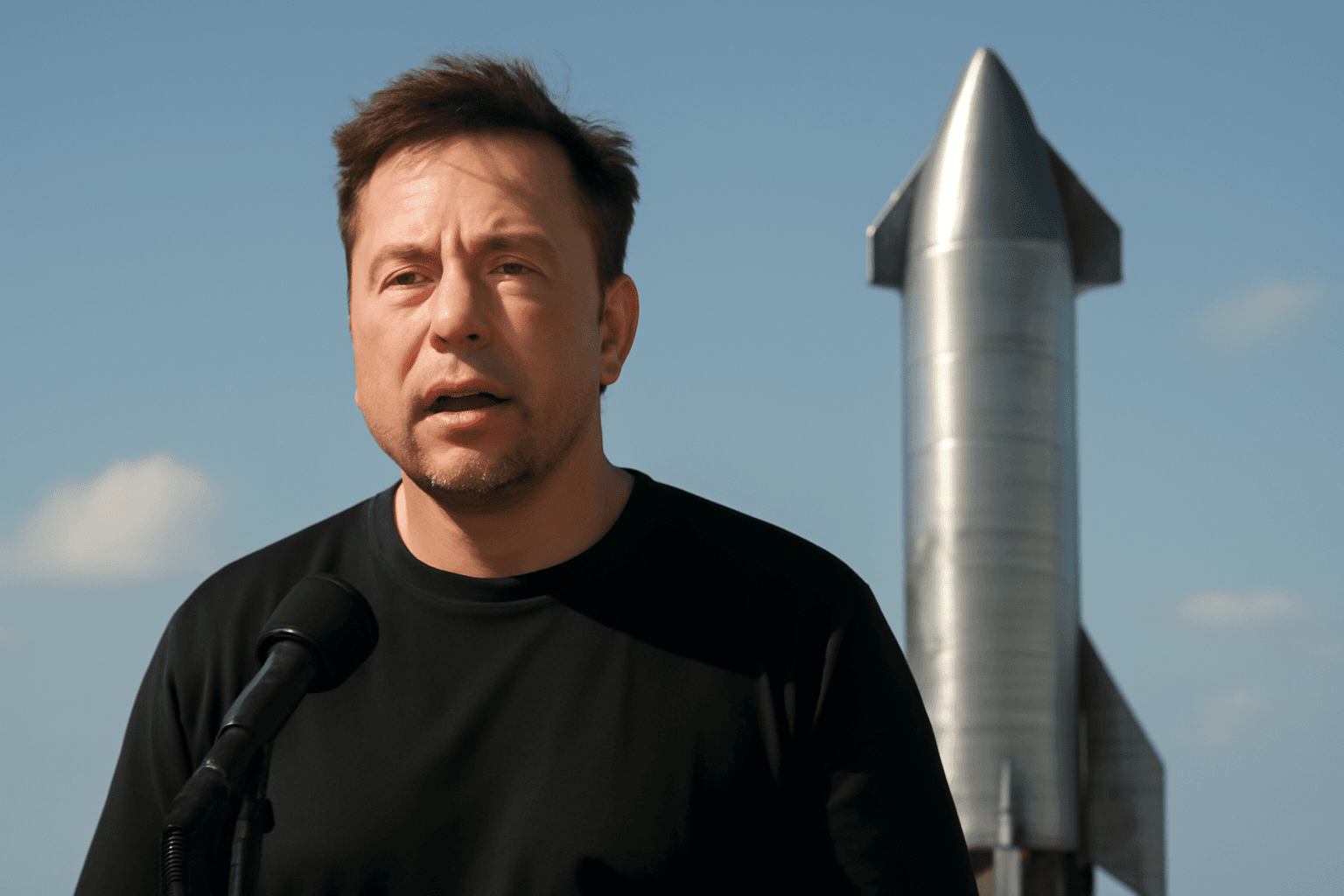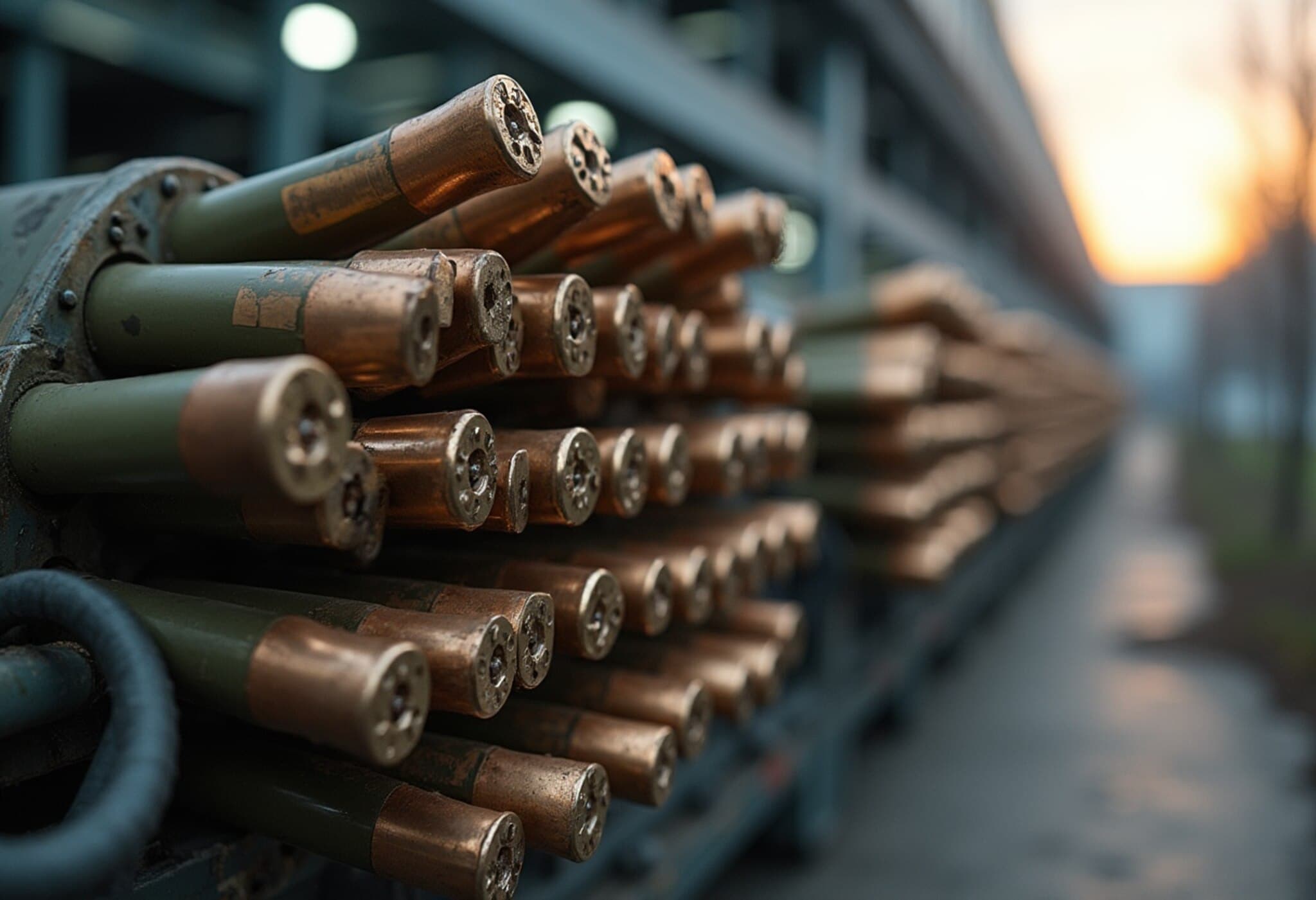Russia Gears Up for Soyuz-5 Test Launch in December
As the global space race accelerates, Russia remains steadfast in its plans to debut the Soyuz-5 rocket by December 2025. Dmitry Bakanov, the head of Roscosmos, reaffirmed the agency’s commitment to this timeline on August 22, signaling an important milestone for Moscow’s ambition to rejuvenate its space launch capabilities amidst geopolitical and financial hurdles.
Reviving a Legacy: The Soyuz-5 and Its Origins
The Soyuz-5, often referred to by its development codename Feniks or Irtysh, represents a modern iteration of the legacy Zenit-2 rocket, which was originally manufactured in Ukraine. It is a medium-class launch vehicle designed to carry payloads of approximately 17 tons, powered by kerosene and liquid oxygen. Constructed by NPO Energomash—hailed as a global powerhouse in rocket engine manufacturing—the Soyuz-5 is positioned as the newest addition to the venerable Soyuz family, with operational deployment targeted for 2028.
The development of Soyuz-5 is not merely about technology; it symbolizes Russia’s desire for technical autonomy and resilience in space exploration following the disruptions caused by the ongoing conflict in Ukraine.
Challenges and Strategic Shifts Post-Ukraine Conflict
The outbreak of war in Ukraine in early 2022 dramatically reshaped the environment for Russia’s space sector. The European Space Agency (ESA) severed all cooperative ties with Roscosmos, halting collaborative projects such as the ExoMars rover mission and lunar exploration initiatives. This rupture also resulted in the termination of Soyuz rocket launches from ESA’s Guiana Space Centre in French Guiana, where crucial payloads like OneWeb and Galileo satellites had been regularly deployed.
In response, Roscosmos has pivoted to Kazakhstan’s Baikonur Cosmodrome as its primary launch base. The lease agreement with Kazakhstan extends through 2050 at a cost of $115 million annually. Baikonur, historically central to Soviet and Russian space efforts, is now being promoted by Kazakhstan to attract international users and investment, trying to capitalize on its strategic importance in space access.
Financial and Operational Hurdles
Roscosmos faces significant financial headwinds, exacerbated by international sanctions and funding constraints following the invasion of Ukraine. The agency's 2024 budget stands at around $2.24 billion, leading to plans to sell non-core assets to sustain operations.
Launching a new rocket model is inherently complex and fraught with risk — a fact underscored by the high-profile trials of SpaceX’s Starship and China’s Landspace Zhuque-3. Russia’s most recent rocket introduction, the Angara-A5, experienced delays and aborted launches before successful deployment in mid-2024.
Looking Beyond Soyuz-5: The Future of Russian Rocketry
While Soyuz-5 aims to reaffirm Russia's medium-class launch capabilities, the real technological leap lies ahead with the Soyuz-7 (Amur-SPG). This next-generation vehicle will incorporate reusable methane-fueled engines, aligning with global trends prioritizing cost-effectiveness and sustainability. Expected to replace the aging Soyuz-2, Soyuz-7's first stage aims to be reusable for up to 50 launches.
The infrastructure for Soyuz-7 is already under construction at Russia’s Vostochny Cosmodrome, marking a notable step towards diversifying launch options away from Baikonur and expanding Russia’s independent launch capacity.
The Broader Context: The New Space Race and Global Dynamics
- India explicitly highlights space as a critical frontier for national security and economic development, striving not to fall behind global rivals.
- China aggressively expands its commercial and state-run space sectors, pushing forward with multiple launch vehicles and lunar ambitions.
- Western players, led by the U.S. and private innovators like SpaceX, are pioneering reusable rocket technologies and deep-space exploration programs.
Russia’s efforts to maintain and innovate within this rapidly evolving landscape reflect both a desire for strategic sovereignty and the economic challenges of sustaining a competitive space program under international pressure.
Expert Insight: Roscosmos at a Crossroads
Dr. Elena Markova, a space policy analyst specializing in Eurasian aerospace, notes, "Russia’s Soyuz-5 project highlights the intersection of legacy technology and modern geopolitical realities. The vehicle itself is evolutionary rather than revolutionary, but its success or failure will signal Russia’s broader capacity to adapt and remain relevant in the global space community amid sanctions and shifting alliances."
Markova further emphasizes the symbolic nature of Roscosmos continuing to launch from Baikonur — a reminder of Soviet-era collaboration with Kazakhstan — now emerging as a potential new hub for Eurasian space cooperation.
Upcoming Launches to Watch
- August 28: SpaceX Falcon 9 launches with Starlink satellites from Florida and California.
- August 30: Rocket Lab's Electron rocket initiates a hypersonic test mission from Virginia.
- August 31: ESA's Jupiter Icy Moons Explorer embarks on a Venus flyby maneuver.
Editor’s Note
Russia’s Soyuz-5 launch stands at the confluence of tradition, innovation, and geopolitical adversity. As the world watches, three critical questions emerge: Can Roscosmos successfully reclaim its stature and independence in a fractured global space ecosystem? How will the agency balance legacy systems with the pressing need for modernization? And finally, will renewed collaborations emerge from Central Asia or elsewhere to sustain Russia’s space ambitions? The answers to these questions will shape not only Russia’s space future but also global space exploration dynamics in the years ahead.
Stay tuned to this evolving story as Russia navigates the challenges of preserving its space legacy while striving to catch up in the rapidly advancing new space era.

